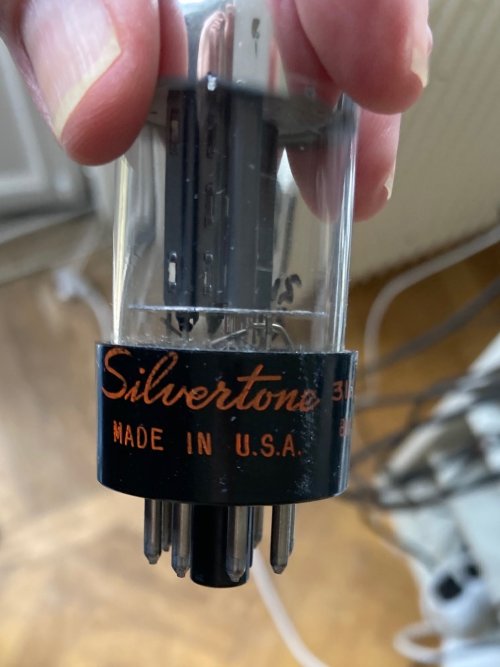nick20
Banned
- Joined
- Aug 30, 2007
- Posts
- 1,649
- Likes
- 14
Quote:
5,000 hours will last you almost 3 years, if you listen to it for 5 hours a day. That's a lot of listening.

-Nick
| Originally Posted by Von Soundcard /img/forum/go_quote.gif It's important when you buy tubes, if it lasts half the time you buy twice the tubes 
I am mostly interested in old tubes ('40s-'50s), esp. military versions. That figure of 5000 hours sounds really good. However does it represent the time until they start to degrade their sound quality substantially OR the time until they fail completely ? |
5,000 hours will last you almost 3 years, if you listen to it for 5 hours a day. That's a lot of listening.

-Nick
























